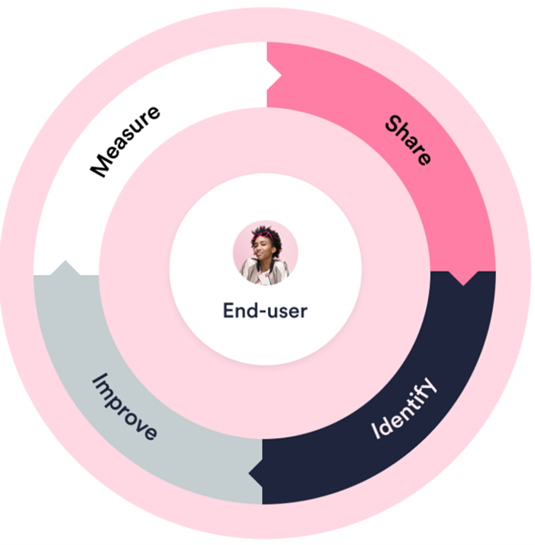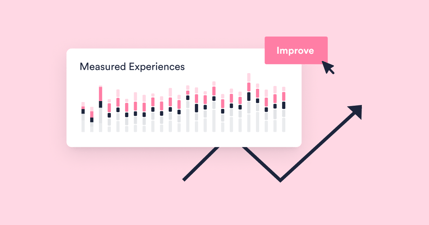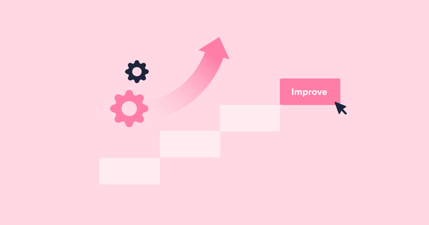Most businesses now rely on technology for optimal business operations and customer outcomes. Consequently, CIOs must assure their CEOs that business-as-usual (BAU) IT operations are fit for 2024 and beyond. However, the current BAU operations are likely just table stakes for the CIOs and their CEOs in competitive advantage terms.
Instead, CIOs and their teams likely need to change – or continue to change – IT operations to better reflect the requirements of their organizations, employees, and customers. It’s potentially a jigsaw of IT-focused improvements. And the productivity of employees and business operations is at risk through outdated IT strategies and practices.
Some of their challenges and opportunities are worthy of CEO attention. Especially when the required improvements refocus corporate budgets on initiatives that significantly impact business operations and outcomes.
Employee productivity improvement will be a fundamental CEO expectation of CIOs in 2024
In 2024, in addition to meeting long-held board-level priorities, such as cybersecurity concerns, CIOs must focus on two key opportunities to optimize employee productivity.
The first is digital enablement – with technology and data used to enhance the traditional and likely manually-intensive business processes. Importantly, what was once called “digital transformation” is an ongoing need, not a one-off project. Enterprise service management – the sharing of IT service management (ITSM) capabilities with other business functions to improve operations, services, experiences, and outcomes – will help.
But there’s potentially an overlooked second opportunity – the performance-view disconnect between the service provider and the employees they support. It’s why the interest in IT experience management (ITXM) capabilities has grown rapidly in the last few years.
The disconnect between the supply-side and demand-side views of IT performance causes current and future operational and productivity-related issues. For example, IT-related improvements might improve IT’s efficiency but not employee and business productivity. In fact, it might harm it.
CEOs need their CIOs to invest in human-centric experience data
The disconnect isn’t just a legacy issue. It can also be amplified by future change. So, for example, while digital enablement initiatives will exploit technology and data, there’s also a need to ensure the right improvements are made in the right places. Avoiding suboptimal decisions regarding technology-based changes to the status quo. Human-centric experience data capabilities help here. They help ensure that any new or changed IT and business capabilities focus on the needs of employees and their productivity.
For example, an organization with an enterprise service management strategy might not sufficiently improve employee experience and productivity. Because if certain IT practices are currently “failing” in employee experience terms, their sharing with other business functions won’t improve the employee experience. In fact, it could harm it.
CEOs need the human-centric experience data investment to start now
A CIO focused on facilitating better business operations and outcomes needs to be focused on employee experience. This takes time. It also requires cultural change. If an IT organization wants to be an employee-centric service provider in 1-2 years, it must start changing now.
However, even organizations that have already bought into experience management’s importance can find it challenging to know where to start. To help, we created the ITXM Framework™. The Framework assists organizations of all sizes – whether they’re HappySignals customers or not – to start and succeed with experience management.
The ITXM Framework™ uses customer successes and issues to provide a proven way to transform your organization’s corporate IT capabilities, both internal and outsourced, from being process or technology-centric to human-centric. This transformation allows IT to understand end-user experiences and improve what matters most.
How the ITXM Framework™ works
In the ITXM Framework™, the first step is to measure end-user experiences. The feedback is then shared with various business stakeholders (including IT) and third parties, including partners, vendors, and shareholders.

The third step identifies issues and opportunities from the experience data. This step highlights what frustrates employees and where they lose the most productivity using IT services and support. The final step is making improvements based on business value. Such that IT operations and outcomes create more smiles and less wasted time for end-users and IT personnel.
As the improvements are actioned, measurement continues, and both the absolute state and progress are shared. The organization goes around the framework cycle again, tackling additional end-user issues and opportunities. The experience management benefits also permeate the organization.
So, when you’re considering your CIO’s 2024 IT ambitions and objectives, look for anything related to employee experience. If there’s nothing obvious, ask them, “How will these planned changes (perhaps related to digital enablement or security) affect employee productivity?” It might start the reinvention of your IT service provider that your business operations and outcomes sorely need.
You can find more information related to experience management and the ITXM Framework™ here. To learn more about how to focus on improving end-user happiness and productivity take a look here.





